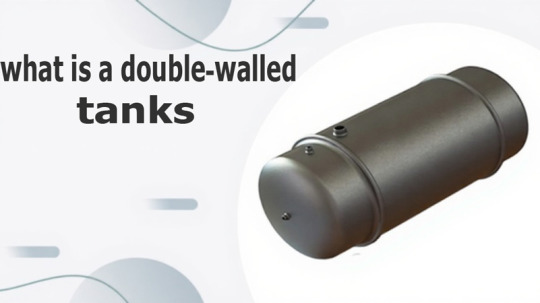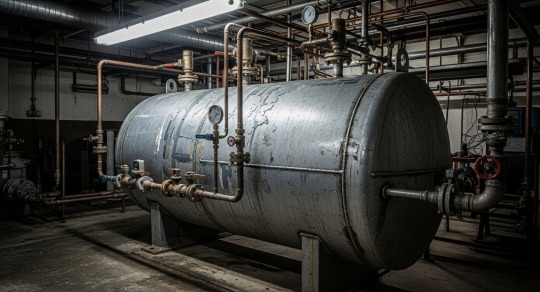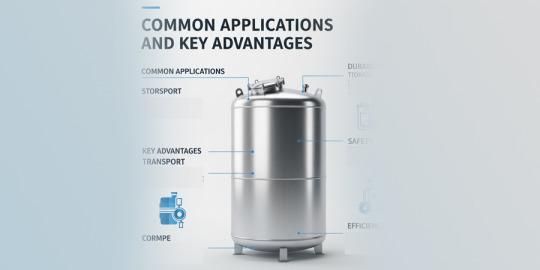Don't wanna be here? Send us removal request.
Text
double wall tanks
A double-walled tank, often referred to as an insulated or jacketed tank, is a specialized container engineered to minimize heat transfer between the contents of the tank and the surrounding environment. This principle is fundamental to applications requiring temperature maintenance, most commonly for keeping hot liquids hot or, in some cases, cold liquids cold. Its design is a significant step up from a simple single-walled container, offering major benefits in energy efficiency and performance.

Fundamental Structure and Design
The fundamental structure of a double-walled tank consists of an inner tank directly holding the liquid, which is then enclosed by a larger, outer shell or casing. The critical feature is the cavity or space created between this inner vessel and the outer wall. This cavity is filled with a high-performance insulating material. The entire assembly is sealed to create a robust, integrated unit. The primary function of this construction is to create a highly effective thermal barrier.

The Principle of Thermal Insulation
The way these tanks work is by combating the natural processes of heat transfer. The layer of insulation packed between the two walls drastically reduces thermal conduction, which is the movement of heat through a solid material. Furthermore, by filling the space with a solid insulating foam, it prevents the formation of convection currents, where heat is transferred through the movement of air or liquid in the gap. This ensures that heat from the liquid in the inner tank cannot easily escape to the cooler ambient air outside the tank.
Core Components and Materials
The components of these tanks are chosen for performance and longevity. The inner tank, which is in direct contact with the liquid, is typically made from materials like stainless steel, copper, or glass-lined steel to resist corrosion and handle high temperatures. The outer casing is usually made of a durable material like steel or a tough polymer, designed to protect the insulation and the inner tank from physical damage. The most crucial component is the insulation itself. High-density polyurethane (PU) foam is the most common material used in modern hot water cylinders, as it is injected into the cavity where it expands and hardens, leaving virtually no air gaps and providing excellent thermal resistance.
Common Applications and Key Advantages
These tanks are ubiquitous in both domestic and industrial settings. The most familiar example is the domestic hot water cylinder, which stores hot water for taps and showers, keeping it hot for hours after being heated by a boiler or immersion heater. The same principle applies to industrial process tanks, thermal stores, and even simple consumer products like a thermos flask. By preventing heat loss, these tanks provide a constant, ready supply of hot water, improve energy efficiency by reducing the need for reheating, and enhance safety as the outer surface remains cool to the touch.

Conclusion
In summary, the double-walled tank is a testament to simple yet highly effective engineering. By employing a basic structure of two walls separated by an insulating material, it provides a powerful solution for thermal management. This design directly counters heat loss, leading to significant energy conservation, reduced operational costs, and reliable performance. From everyday domestic hot water storage in UK homes to critical industrial processes, the principle of the insulated tank remains a cornerstone of energy efficiency, proving indispensable in a world increasingly focused on sustainability.
sources:
vandadtajhiz.com
weldcomfg.com
gpi-tanks.com
2 notes
·
View notes